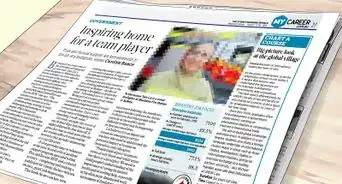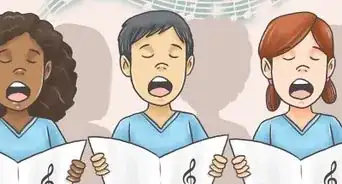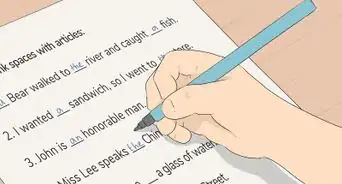This article was co-authored by Megan Morgan, PhD. Megan Morgan is a Graduate Program Academic Advisor in the School of Public & International Affairs at the University of Georgia. She earned her PhD in English from the University of Georgia in 2015.
This article has been viewed 29,967 times.
Student writing is one of the ways in which student comprehension of a subject matter is graded. If your students struggle to convey their thoughts in writing, it's hard to know what amount of mastery they have over the material. Ways to improve your students' writing include increasing the amount of time spent writing, and explicitly teaching the features that comprise good writing. Understanding your students background and learning styles will help you develop appropriate standards and methods of teaching your students to write.
Steps
Increasing the Amount of Writing
-
1Provide short, frequent writing assignments. Students' writing will improve as they're offered more opportunity to write. Providing short free-writes in the content area - science, English, math, social studies - will help students learn. Short free-writes can be 3 minutes or less.[1]
- These short writing assignments are ungraded.
- The assignments can be used to provide time for students' reflections on the topic.
- Assignments can be motivational.
- Use these quick assignments as a warm-up activity to start the class, or as a short response following a discussion.
-
2Do Writing-to-Learn. Writing-to-Learn activities are different from typical writing assignments, which intend writing to be communicative. These writing activities help students learn course content material by thinking through important content ideas, and writing about them. The function of this kind of activity is to have the student practice applying his own words to the course material to further his understanding.[2] Examples of Writing-to-Learn activities include:
- Entry Slip: Before discussing a topic, have students write for 2 minutes about what they already know about the topic.
- Crystal Ball: Following a class discussion, ask students to write for 2-3 minutes about what might happen next.
- Found Poems: Have the students rearrange something they've already written, using the same words.
- Write a Letter: Have students write short letters to a real or imaginary person regarding course material. For example, in a science class, students might write asking questions of Marie Curie, asking her what her life was like as she worked on the process of discovering radium.
- Writing-to-Learn activities shouldn't be graded, but can be discussed or voluntarily shared following the writing assignment.
- Incorporate these activities regularly throughout the students' day.
Advertisement -
3Teach the full writing process. Students may need to learn that writing is a process, incorporating planning, writing the first draft, and revising the final product. Teach each step independently, focusing especially on the first stages for struggling writers.[3]
- Provide plenty of activities that help students know how to plan for their writing. Brainstorming, mind-mapping, outlining and other strategies can be done either as a group or individually.
- The first draft is expected to be an unfinished product, not perfect writing. Always have students write a first draft that is ungraded.
- Show students the first drafts of other writers. Internet searches show the first drafts of many famous pages, and can be a great way to demonstrate the imperfections of early writing.
-
4Use pre-writing activities. Anything that helps students explore, plan, and organize their ideas is considered a pre-writing activity. These include any classroom activities that precede the first draft of writing, and develop the students' thoughts on a topic. Pre-writing activities are a necessary step in the writing process.[4]
- Emphasize to students that the more developed their ideas become in the pre-writing activity, the more polished their final writing will be.
- Make the connection between clear thinking and skilled writing. For many students, being able to speak their ideas aloud may lead to increased ability to write their ideas on the page.
- Pre-writing is a good way to make sure students have vocabulary words regarding the topic.
- Incorporate lists as a pre-writing activity. For example, ask the students to write a list of pros and cons regarding the discussion topic prior to beginning to write.
-
5Try inquiry learning. Inquiry learning encourages the student to pursue her own area of interest through a focused investigation. It includes research into the topic, but also may include student experience.[5]
- One example of inquiry learning is to have students interview others, and document this interview in writing.
- Inquiry writing can be persuasive or informational.
-
6Allow collaboration. Writing in pairs or small groups often results in students' improved writing skills. Have students learn from each other through partnering for writing projects. Collaboration can be done at any stage of the writing process, or for the entirety of the writing assignment.[6]
- Some writing programs allow for collaborative writing and editing online.
- Collaborative writing provides opportunities for students to learn to offer constructive feedback to each other, which improves their individual writing skills.
Teaching the Features of Good Writing
-
1Teach explicit guidelines. Be specific and concrete about what you expect your students to consider good writing. For example, have them write paragraphs of 7-10 sentences each. Show them examples of structured papers. For example, a sample paper might include an introductory paragraph, followed by the body of the paper, closing or summary paragraph.
- Vary the guidelines for different papers, to teach different methods of writing.
- Teach transition words, such as "for example," or "in conclusion."
-
2Consider voice and word choice. In standard writing, informal word choices are less effective than formal word choices. To improve your students' writing, circle words like "kids, mom, dad," and suggest replacements, i.e., children, mother, father. Encourage use of the active voice over the passive.
- Circle less effective words and ask students to replace with stronger words. If the student doesn't know what stronger words are, offer suggestions.
- Most formal writing avoids the first-person. If the paper relies on the use of pronouns such as I, we, our, or my, suggest that the student revise in favor of a more objective voice. The objective voice is typically written in third person and uses pronouns such as his, her, or their.
-
3Focus your topic. Focus is established by the student in response to the assigned material. During the course of writing about a topic, each student's focus may vary. The focus of each paper should be clear to the writer, however. If the focus is clear to the writer, it will become clear to the reader.[7]
- If the reader doesn't understand the writer's conclusions, the writer hasn't established a clear focus.
- If the reader is interested and understands the material, the topic's focus is clear.
-
4Stress clarity and specificity. The more difficult the subject is, the more concrete and clear the student's writing should be. Encourage students to provide examples that can be easily understood by others.[8]
- Avoid using overly academic jargon or unnecessarily formal language.
- Use a software program to help rid students' writing of unnecessary language.
-
5Practice sentence fluency. Sentence fluency refers to the auditory quality of words at the level of individuals words, phrases, and sentences. Sentence fluency means that the readers' attention flows from word to word, and phrase to phrase, without interruption.[9]
- Avoid using too many short, choppy sentences. Overly-long, run-on sentences can also distract the reader's attention.
- Sentence fluency encourages variety in the length of each sentence. Too much of any one length sentence will become dull. Too much variety becomes overwhelming.
-
6Incorporate peer-review. Ask students to review each others papers during class. You may want to have students review one another's papers in small group activities.[10]
- Peer review will help students better understand that the purpose of the writing is to share knowledge of a topic.
- Having students read each others' writing helps them to become better editors of their own writing.
- Teach students to highlight areas that they would change, and state why they would make these changes. Encourage their critiques to be positive, practical and purposeful.
- Have students identify components of their peers' papers, such as topic (or thesis) sentence, transitional phrases, conclusion, etc.
-
7Analyze good writing. Provide many examples of good writing during your classes, and encourage students to find other examples on their own. Show them why writing is effective: how does the author use language well to convey her point? What methods does she employ to focus her topic? How does she introduce her topic, or develop it? How does she vary her sentence lengths?[11]
- Offer a written list of discipline-specific standards to help address writing challenges that may be unique to the subject matter. For example, someone who can write informational papers well may need further instruction in order to write persuasive papers.
- Share examples of both positive and negative papers to further students' learning. Showing what not to do can be informative.
-
8Know grammatical conventions. Provide resources for students to learn the use of conventional grammar required for the discipline in which they're writing. If you have a writing center or tutoring center, see if you can get a one-page list of resources from them. There are several good online writing sites as well. Understanding the conventional uses of grammar will help your students' improve their writing.[12]
- Grammatical conventions vary based on subject matter. Be specific and explicit in your expectations regarding the format in which your students are writing.
- Point out the use of grammatical conventions used in examples of writing you share with your students.
Understanding Your Students
-
1Start with assessment. Each class of students will be different, and within each class you'll likely have a variety of skill levels. Effective teaching must be done by establishing expectations that the student is able to achieve. Start by assigning several writing assignments that you'll use simply for the purpose of assessing current writing ability.[13]
- Writing assessments are not graded. They can be brief free-writes, or they can be short formal assignments.
- Consider the individual nature of each student, as well as the educational environment they may have come from, to better understand their pedagogical needs.
-
2Consider who your students are. Are there a large number of non-native English speakers in your class? Are your students likely to have had a strong writing education? Do they have access to a examples of strong writing? Understanding your students' experiences will help you understand how to teach better writing skills.[14]
- Some students may come from educational systems that value rote learning over critical thinking.
- Be prepared to accommodate different modalities of thinking and learning.
-
3Differentiate between students' understanding and writing skills. If writing is difficult for your student, consider whether it may be an issue specific to literacy rather than comprehension of subject material. Learning standard writing styles can be done apart from testing the students' comprehension of material.[15]
- Check for understanding verbally or through an activity. Students have varied learning styles.
- Provide a visual context for writing by having your students draw a picture of what they'll write about. Then, the student can refer to the picture as they write.
- When the student is allowed to share his knowledge of a topic verbally, he may be less anxious about the writing process.
-
4Try writing interactively, narrating your choices as you model writing. For example, while writing for a class, ask: "I could use either a comma here, or a semicolon. Or I might make this sentence two sentences, by inserting a period. What would be the effect of each?"
- Including student discussion regarding writing choices allows you to learn more about your students.
- Student discussions also encourage students to learn more about each others' experiences in writing.
- For students who are social learners, creating social activities based on writing can help improve the students' writing.
References
- ↑ https://teal.ed.gov/tealguide/studentwriting
- ↑ https://teal.ed.gov/tealguide/studentwriting
- ↑ https://teal.ed.gov/tealguide/studentwriting
- ↑ https://teal.ed.gov/tealguide/studentwriting
- ↑ https://teal.ed.gov/tealguide/studentwriting
- ↑ https://teal.ed.gov/tealguide/studentwriting
- ↑ http://www.learnnc.org/lp/editions/few/?ref=search
- ↑ https://www.uww.edu/learn/improving/restiptool/improve-student-writing
- ↑ http://www.ttms.org/writing_quality/sentence_fluency.htm
- ↑ https://www.uww.edu/learn/improving/restiptool/improve-student-writing
- ↑ https://www.insidehighered.com/blogs/gradhacker/tips-helping-your-students-improve-their-writing
- ↑ https://www.uww.edu/learn/improving/restiptool/improve-student-writing
- ↑ https://www.insidehighered.com/blogs/gradhacker/tips-helping-your-students-improve-their-writing
- ↑ https://www.insidehighered.com/blogs/gradhacker/tips-helping-your-students-improve-their-writing
- ↑ http://www.brown.edu/academics/education-alliance/teaching-diverse-learners/writing

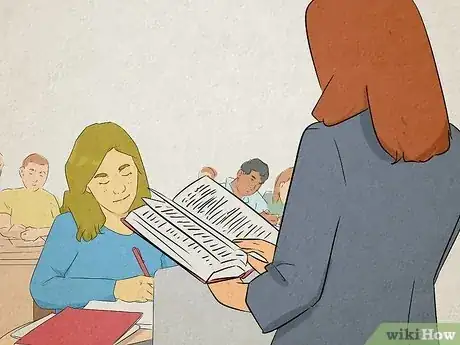


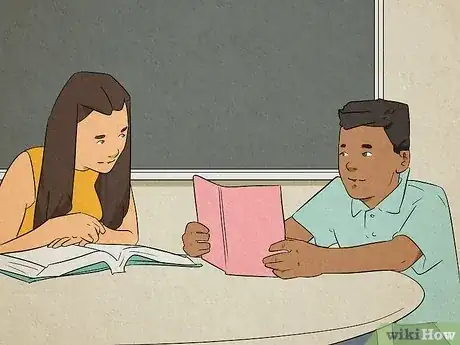

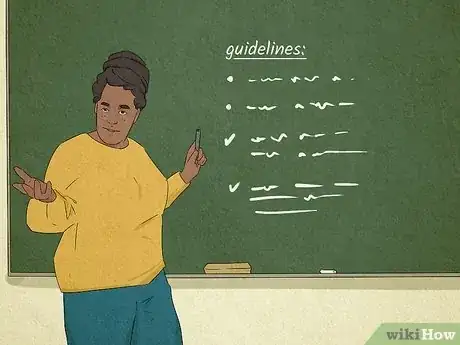
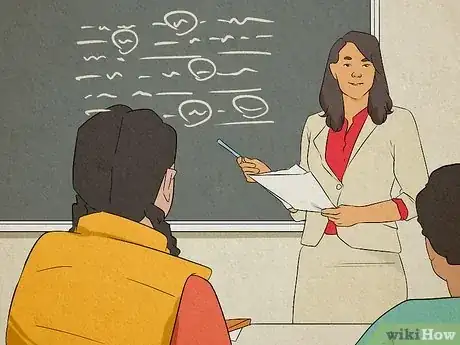
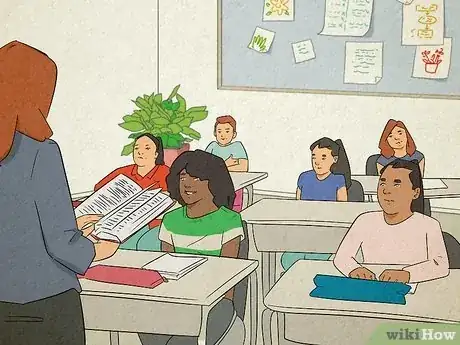
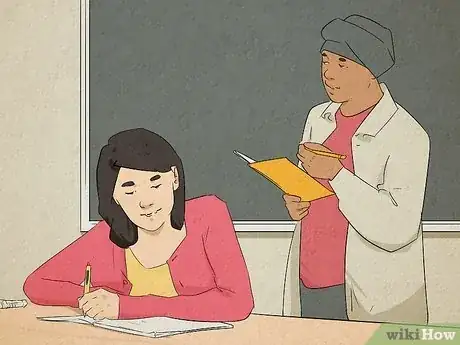

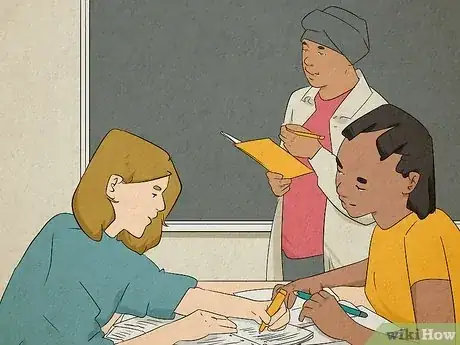
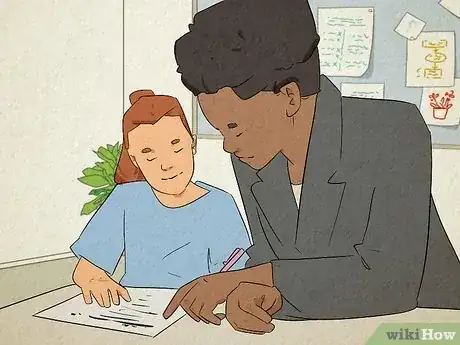




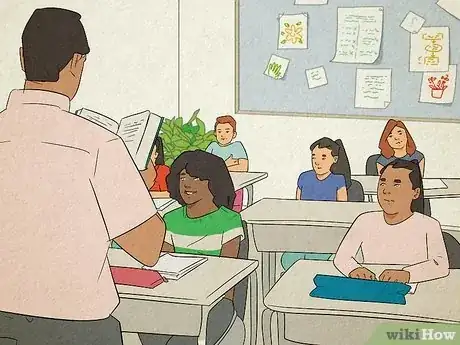




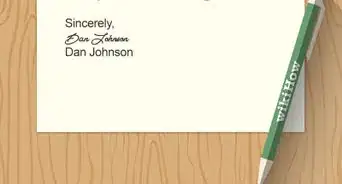
-Step-15.webp)


